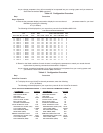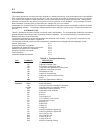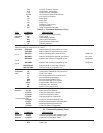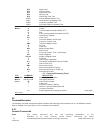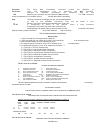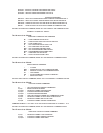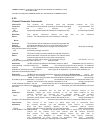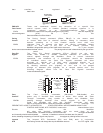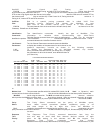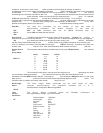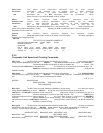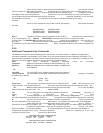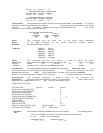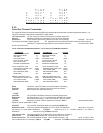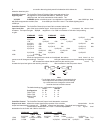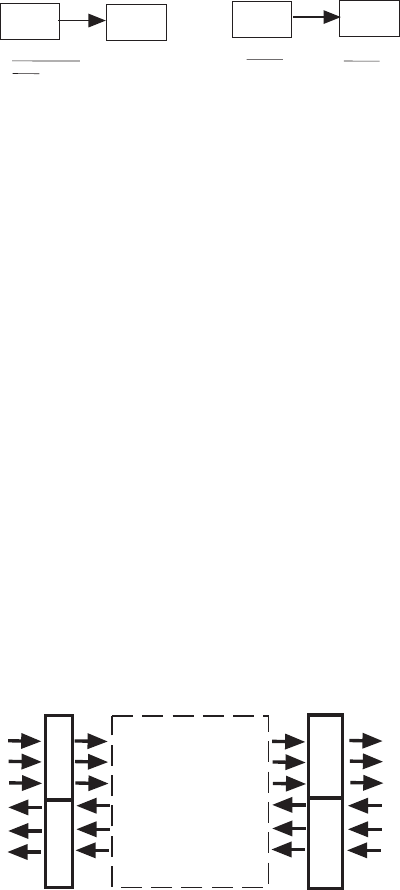
data transfers are regulated so that no
data is lost.
DATA
DATA
CHANNEL DEVICE
INITIATED PACING
Channel
Device
Channel
Device
Mux
Mux
MUX INITIATED
FLOW CONTROL
Flow control stops the
input of data to the mux
Pacing stops the output
of data from the mux
ENQ/ACK These two commands control the selection of a special flow
Flow Control control system used in Hewlett Packard computer systems. It is
sometimes referred to as Enquire/Acknowledge flow control
F3-F4 because its based on the computer sending an inquiry (ENQ) and then expecting an
acknowledgment (ACK). F3 turns on this
feature and F4 turns off the feature.
Pacing The Pacing Control command (F5-on, F6-off) is the means used
Control to control data flow to channel devices. Pacing is necessary when
devices operating on a mux channel require more than one
F5-F6 character time to process the data, the pacing commands initiate
control so that data is not lost in the transfer process. The
MultiMux is shipped with pacing off and it will have to be turned On if your channel
device cannot accommodate the data volume. The pacing method used is determined by the type of flow
control.
Pass EIA The Pass EIA Signal commands (F7-on, F8-off) are the com-
Signals mands that enable or disable individual channels to receive EIA
control signals through the MultiMux. Since in normal interactive
F7-F8 operations, the existence of a multiplexer should be transparent
to individual users, the Pass EIA Signals command will allow
terminals to operate as if they were connected directly to a
communications line and not through a multiplexer. This is done
by allowing selected pins (signals) on one mux to be passed
through to selected pins (signals) on a second remote mux. The
following diagram shows how the Pass EIA Signals command
routes the selected signals:
Composite Link
Facility
(Effect of the
PASS EIA
Signal
F7
Command)
IN 4
IN 20
IN 25
OUT 8
OUT 6
UT 22
8 OUT
6 OUT
22 OUT
4 IN
20 IN
25 IN
MultiMux
(A)
MultiMux
(B)
Pass The Pass Xon/Xoff commands, (F9-enable, F10-disable), are
Xon/Xoff active only if Xon/Xoff flow control is active. Also called the Pass
Through commands, they enable or disable the MultiMux from
F9-F10 passing through Xon/Xoff flow control signals. In the Enable
mode, the MultiMux will obey the Xon/Xoff commands and pass
them on to the channel device. When this command is enabled, a message "TO
PREVENT DATA LOSS TO A PRINTER OR OTHER PERIPHERAL WE RECOMMEND USING FLOW
CONTROL AND PACING, NOT PASS XON", is sent to the channel device. In the
Disable mode, the MultiMux
will obey the Xon/Xoff commands and not send them to the
channel device. The default condition is for Xon/Xoff Pass Through to be disabled
and it normally should remain disabled. However, in situations such as a slow data rate of a channel
device, disabling the passing of Xon/Xoff signals may improve throughput by utilizing buffers in the mux.
Inverted The Inverted DTR Commands (F11 and F12) work in conjunction
DTR with Pacing Control and change the way the MultiMux reacts to the DTR signal. With



